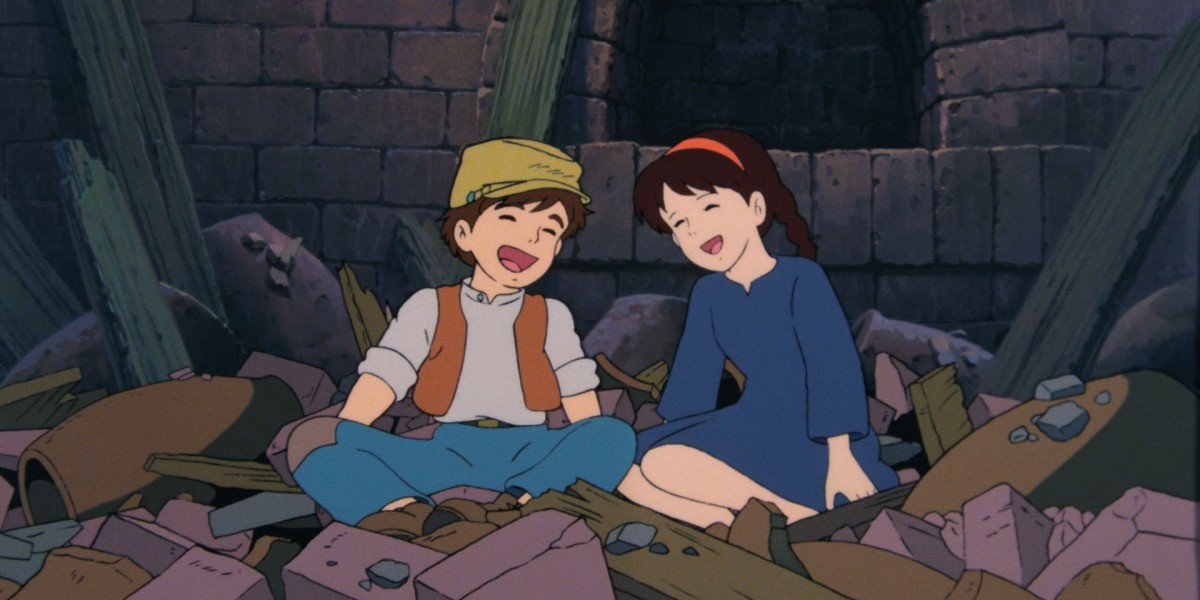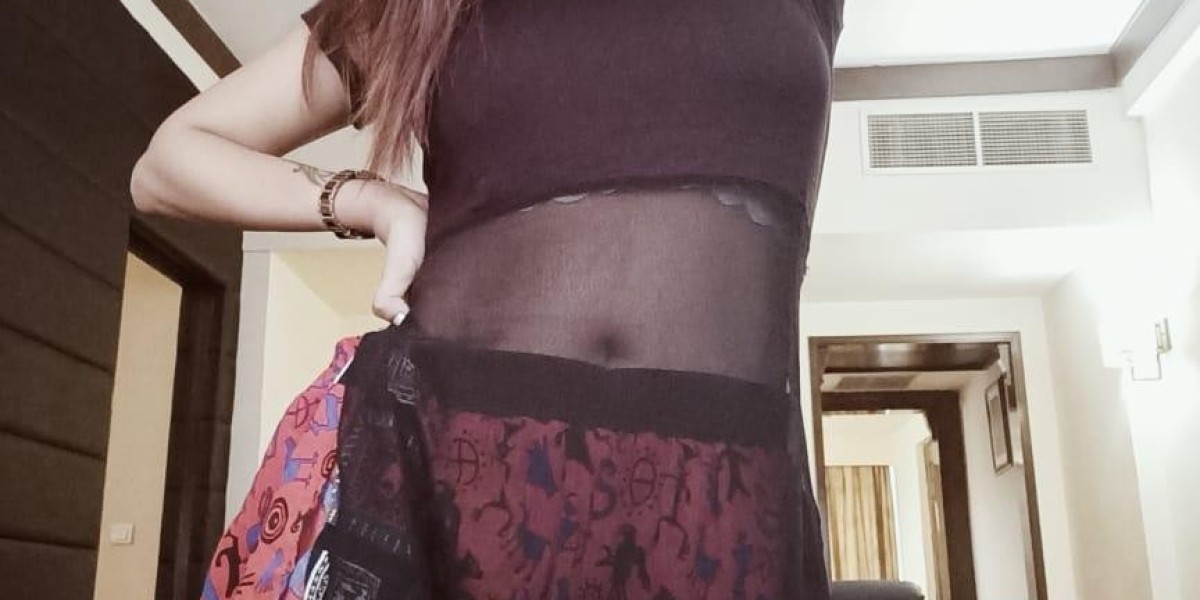Jackets are more than just functional clothing items—they are symbols of style, sophistication, and even rebellion. Over the centuries, jackets have evolved from practical garments designed for warmth and protection to fashion statements that reflect individual personality and cultural movements. Whether worn as an outer layer in the freezing winter or as a trendy piece to complete a fashionable outfit, jackets have played a significant role in the wardrobes of both men and women.
In this article, we’ll take you through the evolution of jackets, exploring how they’ve changed over the years, from the earliest designs to today’s diverse and fashionable options. We’ll dive into their historical roots, how they’ve transformed with fashion trends, and how modern jackets have become a staple in everyone’s closet.
The Early Beginnings: Function Over Fashion
The story of the jacket starts in ancient times, where clothing was primarily designed for protection against the elements. Jackets were not originally a statement of style but rather a necessity for survival.
The Middle Ages: The Cloak and Tunic Era
In the Middle Ages, people mostly wore tunics and cloaks, made from wool or animal skins, to protect themselves from the cold. Men’s and women’s clothing often consisted of simple layers, with the cloak serving as an early form of a jacket. These garments were loose and functional, offering warmth and shelter rather than focusing on shape or fashion.
- Key Piece: The cloak, worn by both men and women, was a full-body garment made of wool or fur, often fastened with a clasp or brooch.
- Material: Wool, fur, and animal skins were commonly used for warmth.
The Renaissance: The Rise of Tailoring
The Renaissance period marked a shift toward more structured and tailored clothing. Jackets, or doublets, became popular among both men and women. These garments were often fitted, padded, and laced up at the front. Men wore doublets as part of their everyday attire, while women wore bodices over their dresses.
- Key Piece: The doublet, a close-fitting jacket worn by men, was often made from luxurious fabrics like velvet and brocade.
- Material: Velvet, silk, and wool were commonly used for doublets.
The 17th and 18th Century: The Birth of the Modern Coat
The 17th and 18th centuries introduced new styles and functions for jackets. These centuries saw a refinement in tailoring techniques, which contributed to the development of more structured, fashionable coats and jackets.
The 17th Century: The Age of Elegance
During the 17th century, jackets became more elaborately designed. The frock coat, worn by men, had a long, fitted structure and was often paired with breeches and waistcoats. Women wore longer coats or mantuas, which were loose gowns worn over dresses. These garments were rich in detail, often decorated with lace and embroidery.
- Key Piece: The frock coat for men, characterized by its knee-length cut and tailored silhouette, became a symbol of status and wealth.
- Material: Silk, brocade, and wool were used, and fabrics became more intricate with embroidery.
The 18th Century: The French Revolution and Military Influence
The French Revolution of the late 18th century brought about a shift in fashion. The tailcoat, a shorter, military-inspired jacket, emerged as a symbol of the new, more egalitarian era. Tailcoats were initially worn by men of the military, but soon became fashionable for formal wear. Women’s jackets were also influenced by military styles, with pelisses (long coats with high collars) becoming popular.
- Key Piece: The tailcoat, a formal jacket with a short front and long back, was worn by both men and women in high society.
- Material: Wool and cotton were commonly used, with velvet for special occasions.
The 19th Century: Industrial Revolution and the Rise of Ready-to-Wear Fashion
With the Industrial Revolution in the 19th century, fashion became more accessible to the masses. Ready-to-wear clothing emerged, and jackets became less about function and more about fashion. During this time, the blazer was born, and for the first time, jackets were being made in various colors and styles.
The Early 1800s: The Regency and Victorian Eras
The Regency and Victorian eras saw jackets evolve in both men’s and women’s fashion. Men’s coats became more fitted, and waistcoats continued to be a key piece of their formal attire. Women’s jackets, including bodices and pelisses, were worn to complement the growing popularity of high-waisted dresses.
- Key Piece: The blazer, originally worn by British rowing teams, began to be adapted for everyday use by both men and women.
- Material: Wool became the dominant fabric, often paired with silk and satin for formal occasions.
The Late 1800s: The Duster and Trench Coat
As society became more urbanized and industrialized, practical outerwear emerged. The duster coat, originally worn by horseback riders to protect themselves from dust, became popular among men and women. Trench coats were also introduced during this period, initially designed for military use but later adapted for civilian life.
- Key Piece: The duster coat and the trench coat became icons of early 20th-century fashion, characterized by their practicality and elegance.
- Material: Durable cotton, gabardine, and wool were used to make these functional yet fashionable jackets.
The 20th Century: Jackets Become Fashion Icons
The 20th century saw the explosion of various jacket styles that became intertwined with cultural movements, sports, and even rebellious youth subcultures. Jackets transitioned from being solely utilitarian to being expressions of personal identity.
The Early 1900s: The Peacoat and Motor Jackets
The peacoat, a wool jacket originally worn by sailors, became a fashionable choice for both men and women. Meanwhile, the motor jacket, which was designed for early automobile drivers, became associated with bold, daring personalities.
- Key Piece: The peacoat for men and women, a double-breasted wool coat, became a popular style in the early 1900s.
- Material: Wool remained a staple, with leather also gaining popularity for motor jackets.
The Mid-20th Century: The Leather Jacket and Varsity Jackets
Post-WWII, jackets became symbols of youth rebellion and freedom. The leather jacket, popularized by figures like Marlon Brando and James Dean, became synonymous with the "bad boy" image. At the same time, varsity jackets emerged as symbols of collegiate pride, becoming a staple of American high school and university culture.
- Key Piece: The leather jacket, often worn by rebels, rock stars, and bikers, became a must-have in the mid-20th century.
- Material: Leather became the fabric of choice for creating jackets with attitude and edge.
The Late 20th Century: The Windbreaker and Bomber Jacket
As the late 20th century ushered in the age of casual fashion, jackets like the windbreaker and bomber jacket became popular. Windbreakers, often made of lightweight nylon or polyester, were favored for their athletic and casual look. Bomber jackets, with their military origins, gained widespread popularity in the 1980s, particularly as part of the "cool" factor in youth culture.
- Key Piece: The windbreaker and bomber jacket became staples of street fashion in the late 20th century.
- Material: Nylon, polyester, and suede dominated the jacket scene.
The 21st Century: Jackets as Fashion Statements
In the 21st century, jackets have become a critical part of streetwear, fashion statements, and high-tech clothing. From the rise of tech jackets that incorporate weather-resistant technology to the return of retro styles like denim jackets, the variety of jacket styles available today is endless.
Modern-Day Jackets: The Return of the Classics
Today’s jackets are influenced by a blend of historical designs and modern innovations. Denim jackets, bomber jackets, puffer jackets, and utility jackets are common choices for both men and women, while eco-friendly and sustainable options are gaining traction. People now view jackets as an essential part of expressing personal style, whether through custom designs, bold colors, or vintage influences.
- Key Piece: The puffer jacket, bomber jacket, and denim jacket are major players in today’s fashion scene.
- Material: Sustainable materials like organic cotton, recycled fabrics, and high-tech synthetics are now often used to create functional and fashionable jackets.
Conclusion: Jackets as a Fashion Evolution
From humble beginnings as simple garments for warmth to iconic pieces of fashion that represent individual identity, the evolution of jackets has been a fascinating journey. Whether you're rocking a classic leather jacket, a cozy puffer coat, or a stylish blazer, jackets have come to embody style, function, and even rebellion. As we continue into the future, it’s exciting to imagine how jackets will evolve further, incorporating technology, sustainability, and new designs to meet the demands of the next generation of fashion lovers.







